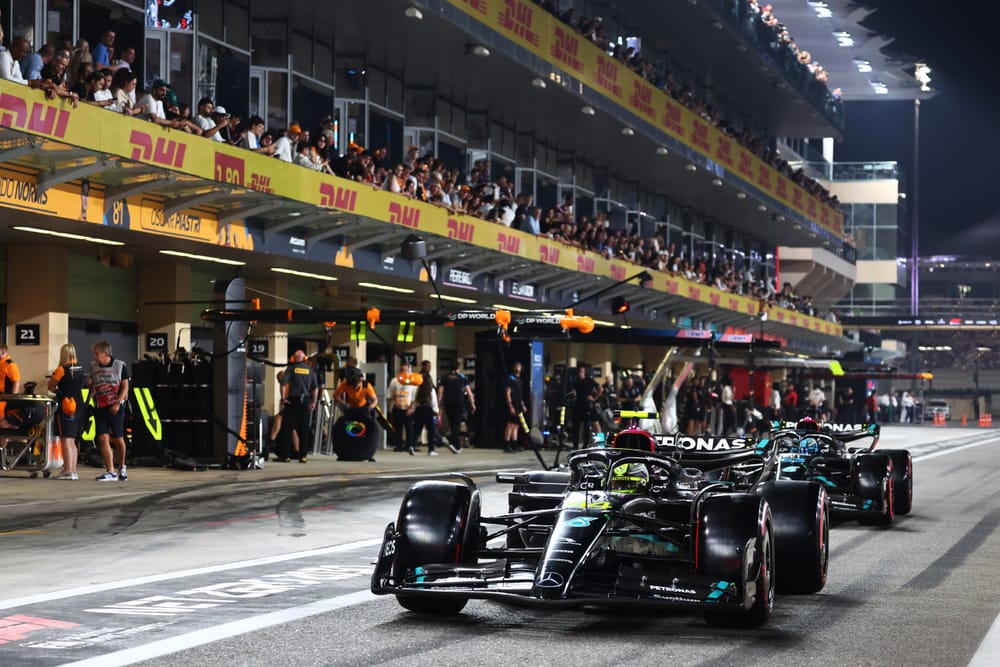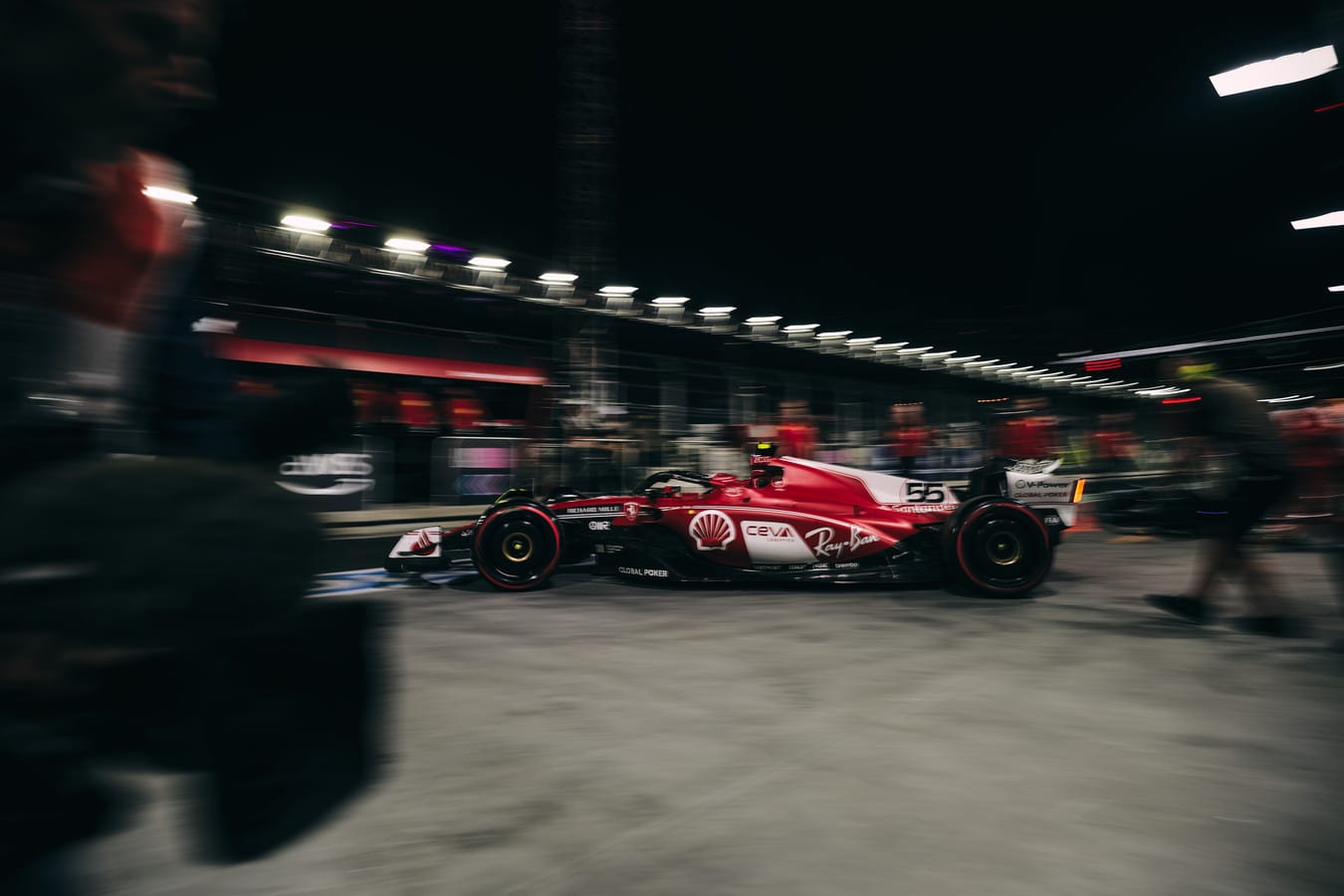Up Next

Neither Mercedes driver was happy with the behaviour of the troubled W14 in their final qualifying session driving the unloved 2023 Silver Arrows, but one driver fared better than the other.
Despite Lewis Hamilton confirming “our cars are the same” in terms of set-up, he struggled more than team-mate George Russell - and the reason was clearly a lack of confidence.
The 0.346s gap between the pair in Q2 led to Hamilton being knocked out of qualifying and earning only 11th on the grid, with Russell advancing to Q3 and setting the fourth-fastest time.
Hamilton described the session as “challenging” and admitted that his team-mate had done a better job in extracting the potential from the car.
“It’s just a very unpredictable car, it’s been the same all year,” said Hamilton after the session.
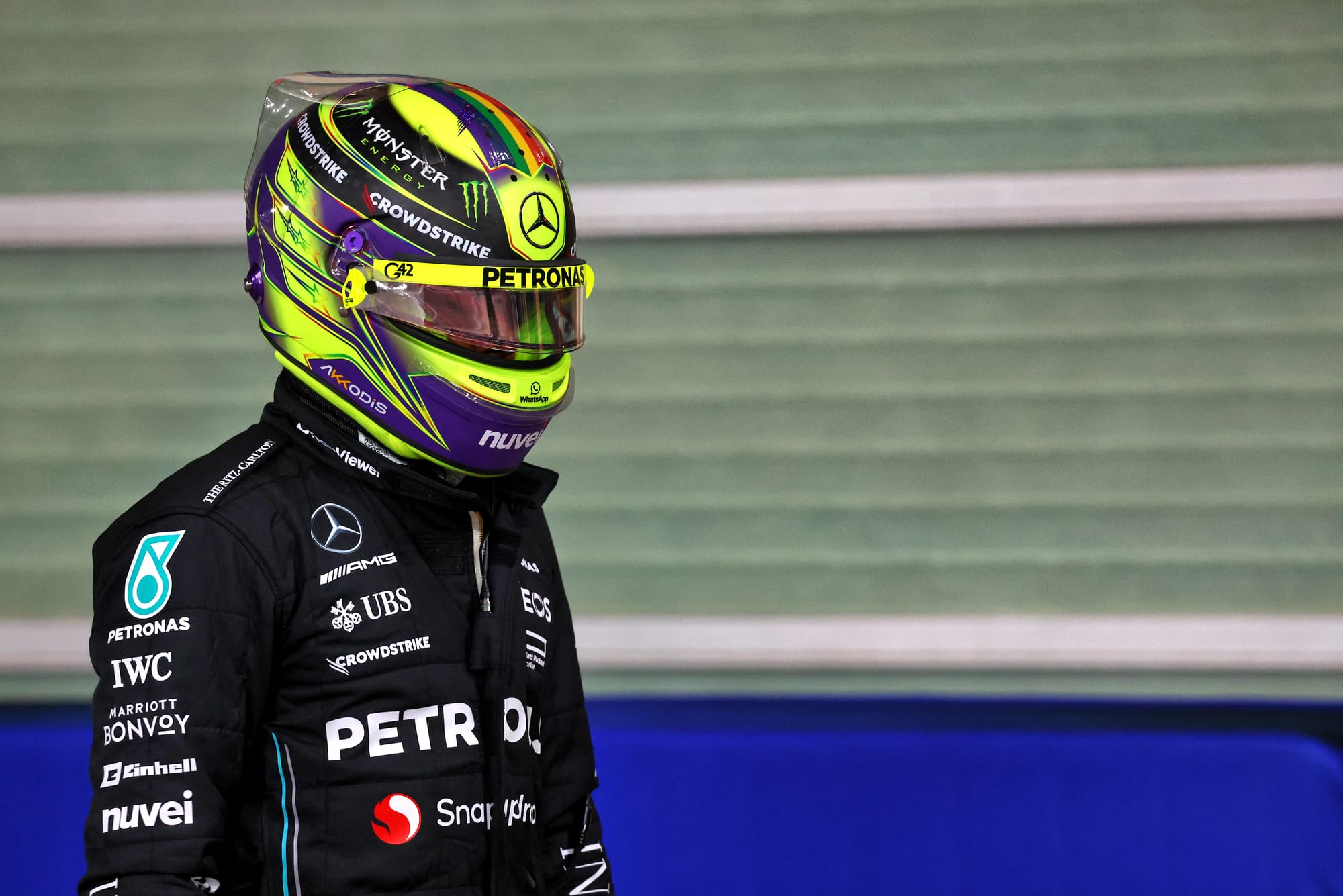
Yet many times this season he has been able to extract a strong qualifying performance, comfortably outpacing Russell. This was only the fifth time he’s failed to make Q3 in 2023 despite the capricious characteristics of the Mercedes.
“It's more inconsistent than ever before,” said Hamilton when asked by The Race what was making it difficult for him to extract the potential from the car in Abu Dhabi.
“It's just up and down, per corner from the moment you hit the brakes, the moment you turn, the moment you hit the apex, it's massively out of balance. Very hard to predict what's going to happen.”
For much of the season, Hamilton has struggled with a lack of confidence in the rear end of the car.
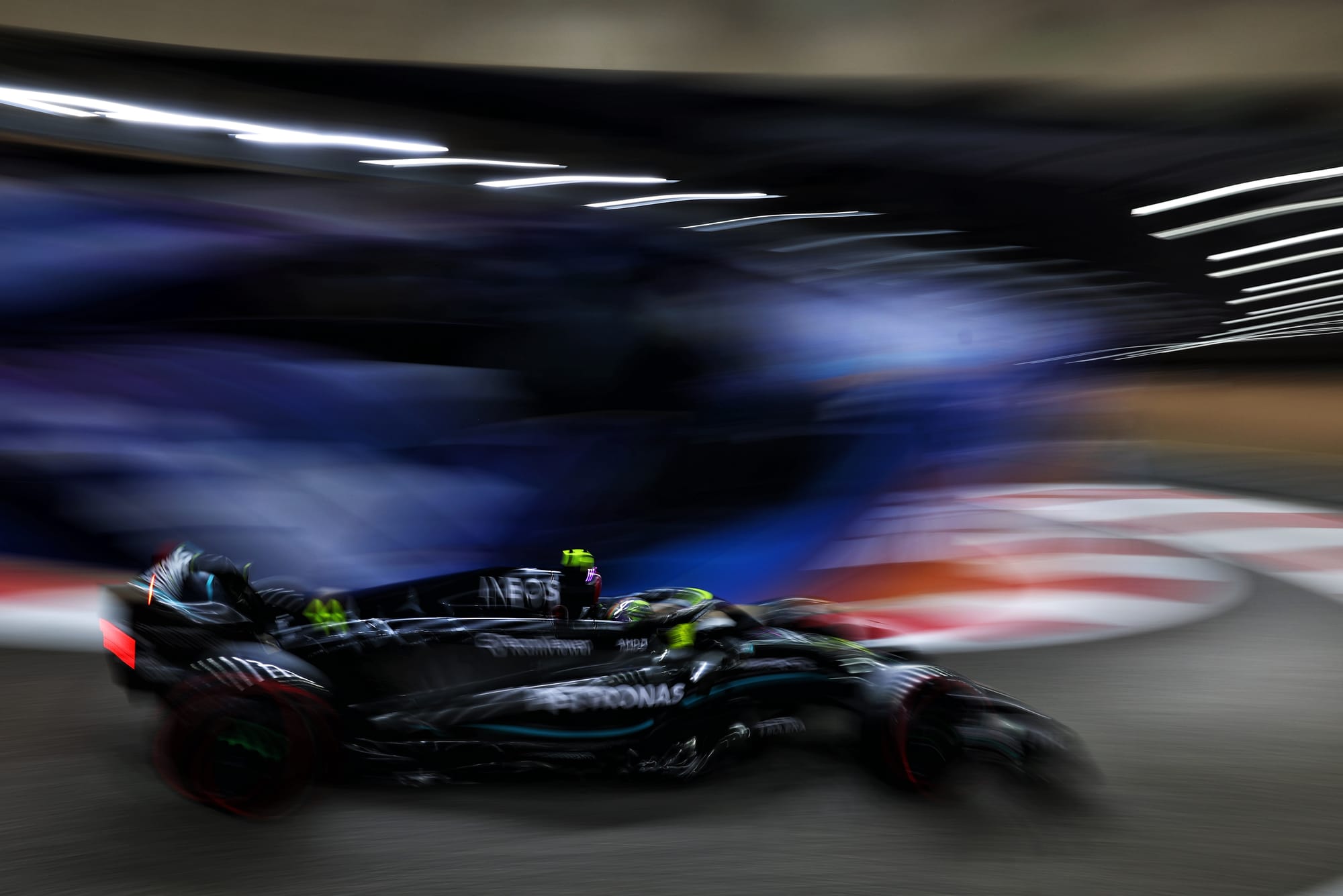
The extent of that has fluctuated and there have been weekends where he has been far happier with the balance, for example in Austin after Mercedes introduced a floor upgrade.
While he has had the edge on Russell on qualifying pace more often than not in 2023, when he’s at his least confident he has tended to struggle more.
The confidence problem was obvious when watching the onboards of their final Q2 runs. While neither could be described as serene laps there were more uncomfortable moments for Hamilton.
The pair diverged significantly at the Turn 1 left-hander, which Hamilton takes in fifth gear while Russell uses fourth.
Hamilton had the lower minimum speed, around 4km/h slower than Russell, but had a reasonable exit with the big difference in the entry phase.
While Russell was able to commit to the corner and turn in progressively in one movement, Hamilton had two bites at it, with the slightly tentative turn-in followed by a hesitation as he felt what the rear end was doing before recommitting.
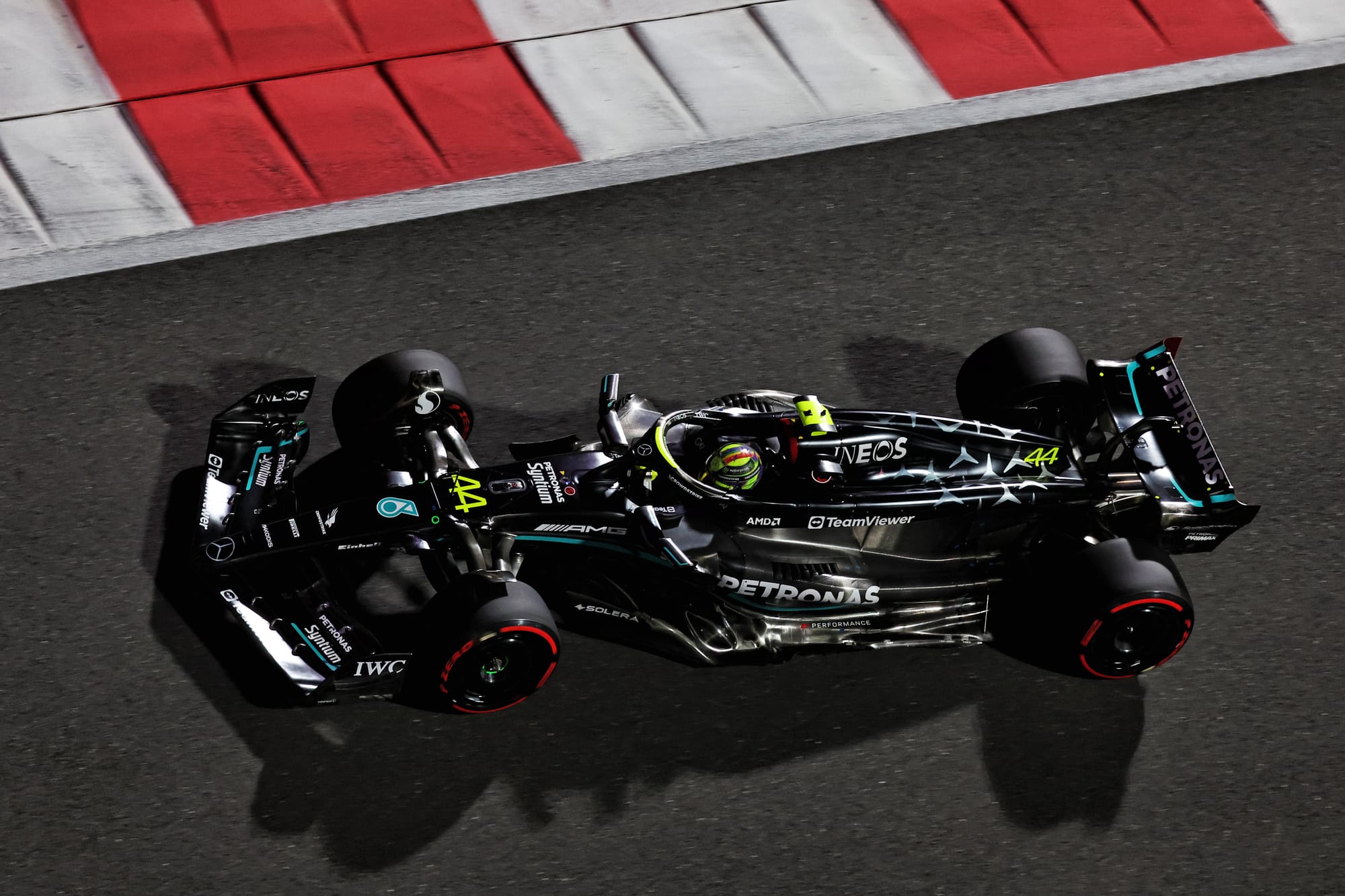
That’s the tell-tale sign of a driver who isn’t completely confident in whether the rear grip is sufficient to follow the front end.
That was where the time loss of just over a tenth was largely built, with Hamilton significantly slower in the late-entry phase of the corner.
It was similar for Hamilton at the entry of the Turn 6 hairpin, where he was again tentative.
However, Russell also had a slight moment at the apex that he corrected, meaning the deficit that was around a tenth-and-a-half approaching the corner wasn’t dramatically inflated by the time they got to the corner exit.
The middle part of the lap was much of a muchness between the pair, albeit with Hamilton having a slight rear-end slide in Turn 13.
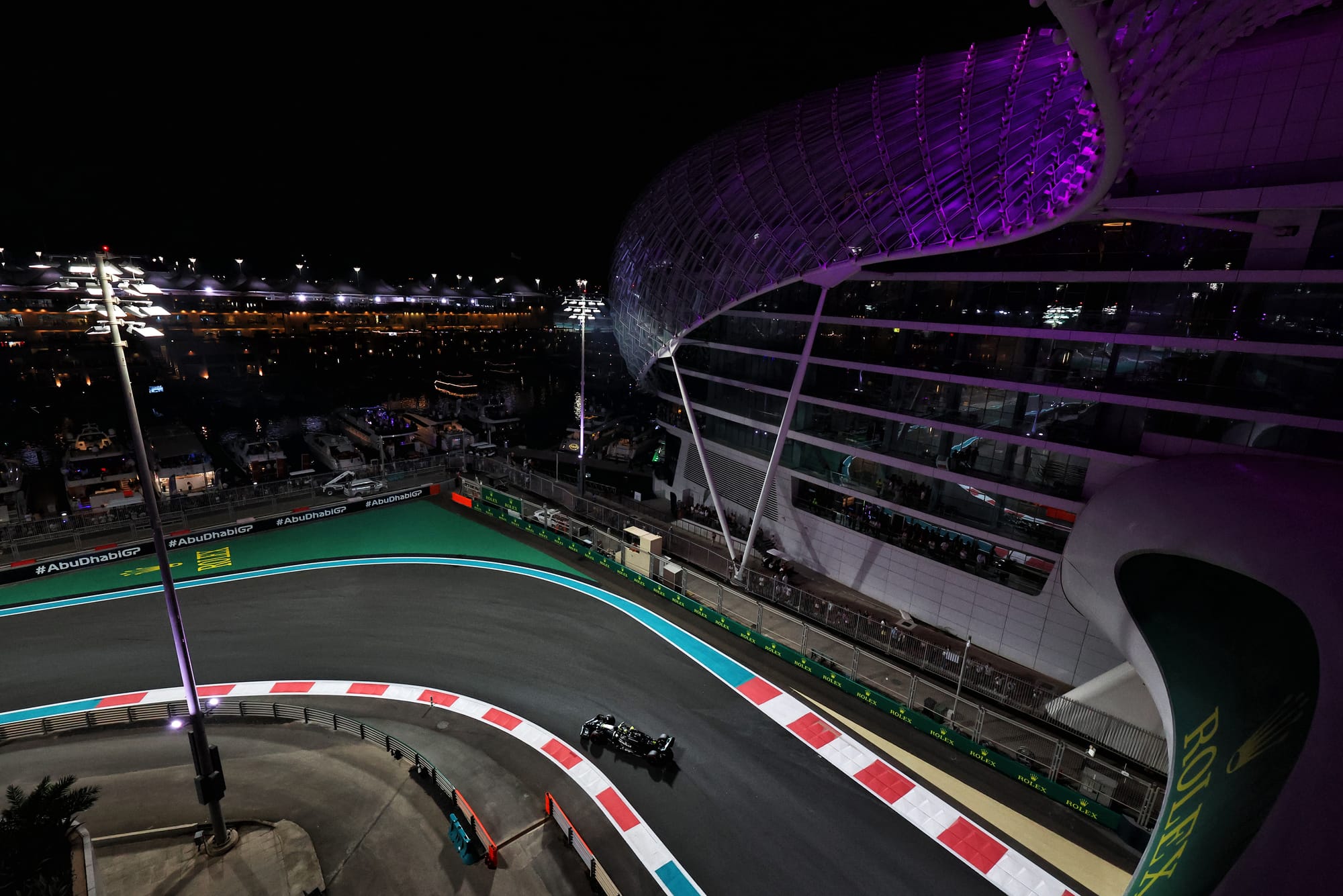
That potentially led to surface overheating that explained the moment he had in Turn 14, although even Russell also had a brief wobble and there was no significant time difference.
Hamilton’s deficit was two-tenths entering the final right-hander, with the gap ballooning by almost a tenth-and-a-half thanks to Hamilton’s hesitant approach.
While the car stuck, meaning there was no adjustment after the initial entry, the speed bled off significantly quicker for Hamilton. The difference in minimum speed was 10km/h in Russell’s favour.
Whether Hamilton undercooked it in the entry phase there because he didn’t have the rear grip or simply wasn’t confident enough to attack the corner as much as he could have done is unclear, but the effect is the same.
Hamilton is at his best when decisive on entry and able to carry the speed into the corner, load the car up rapidly, rotate it quickly and then get on with feeding the power in for the exit.
He couldn’t do that in Turn 1 or the final corner in Abu Dhabi, which meant that while both drivers had their moments in the middle stages of the lap he ended up well behind.
Yet while Hamilton struggled more than his team-mate, Russell was hardly delighted with the performance of the car and admitted that “after FP3, I thought we could fight for pole, and then we just didn’t make the jump that every other team seemed to make”.
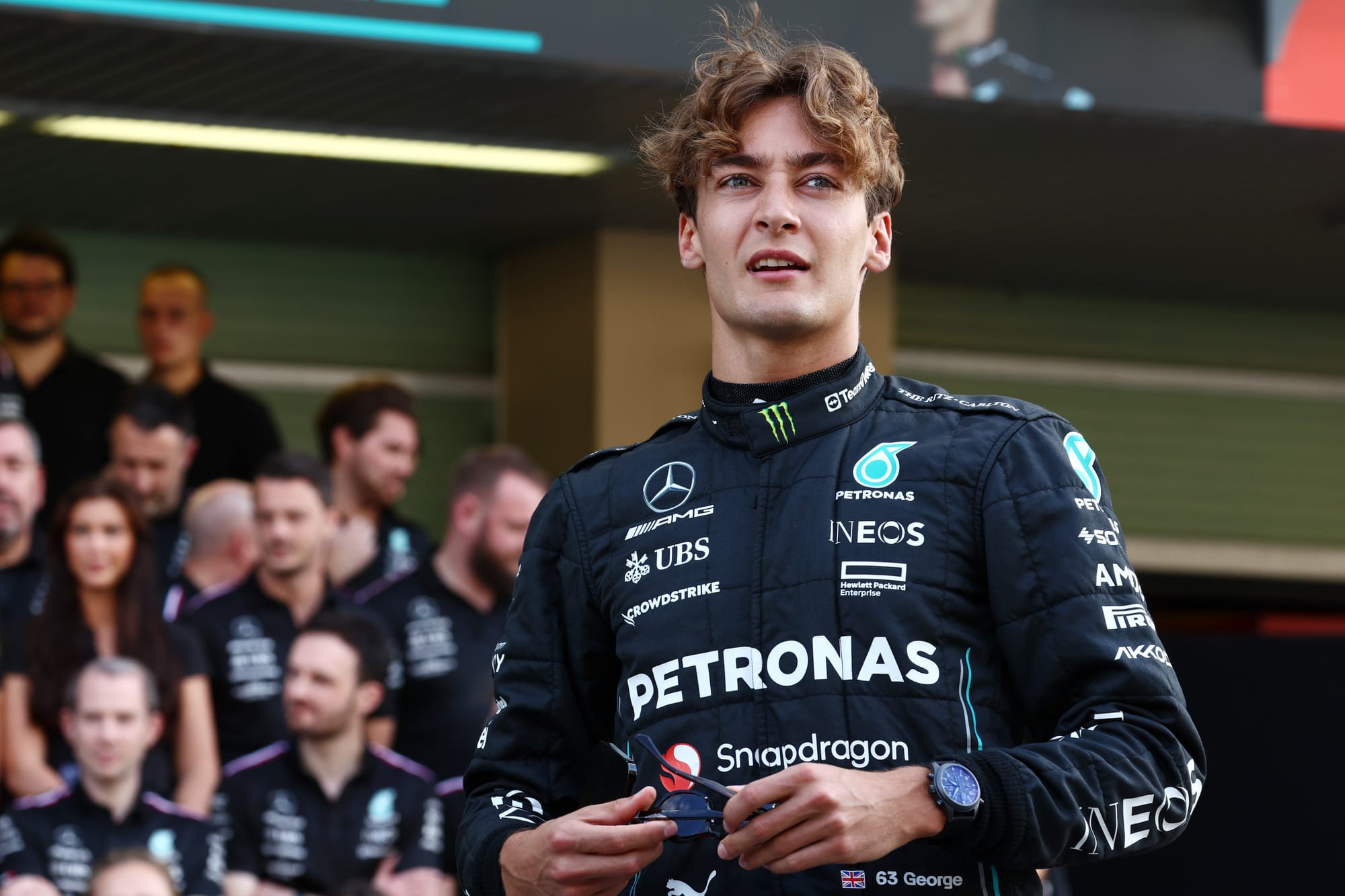
He, too, was struggling with the car but seemed to deal with its limitations better than Hamilton, especially in the cooler temperatures of qualifying versus FP3.
“Maybe we got ahead of ourselves after FP3 with a really strong session, but [it’s] definitely something we need to look into because in FP3 we were quickest every single lap, and on paper when the track drops 10C and you take out all of the fuel, you're expected to maybe make a one-second jump and we only made a six-tenth jump.”
But while Russell was disappointed not to carry his FP3 form into qualifying, he felt that the confidence he gained during free practice contributed to his advantage over Hamilton.
“Confidence is a huge thing and I think if you start on the front foot you can just build from there,” said Russell when asked by The Race if he felt that there were differences in the way the Mercedes cars behaved even when set up similarly.
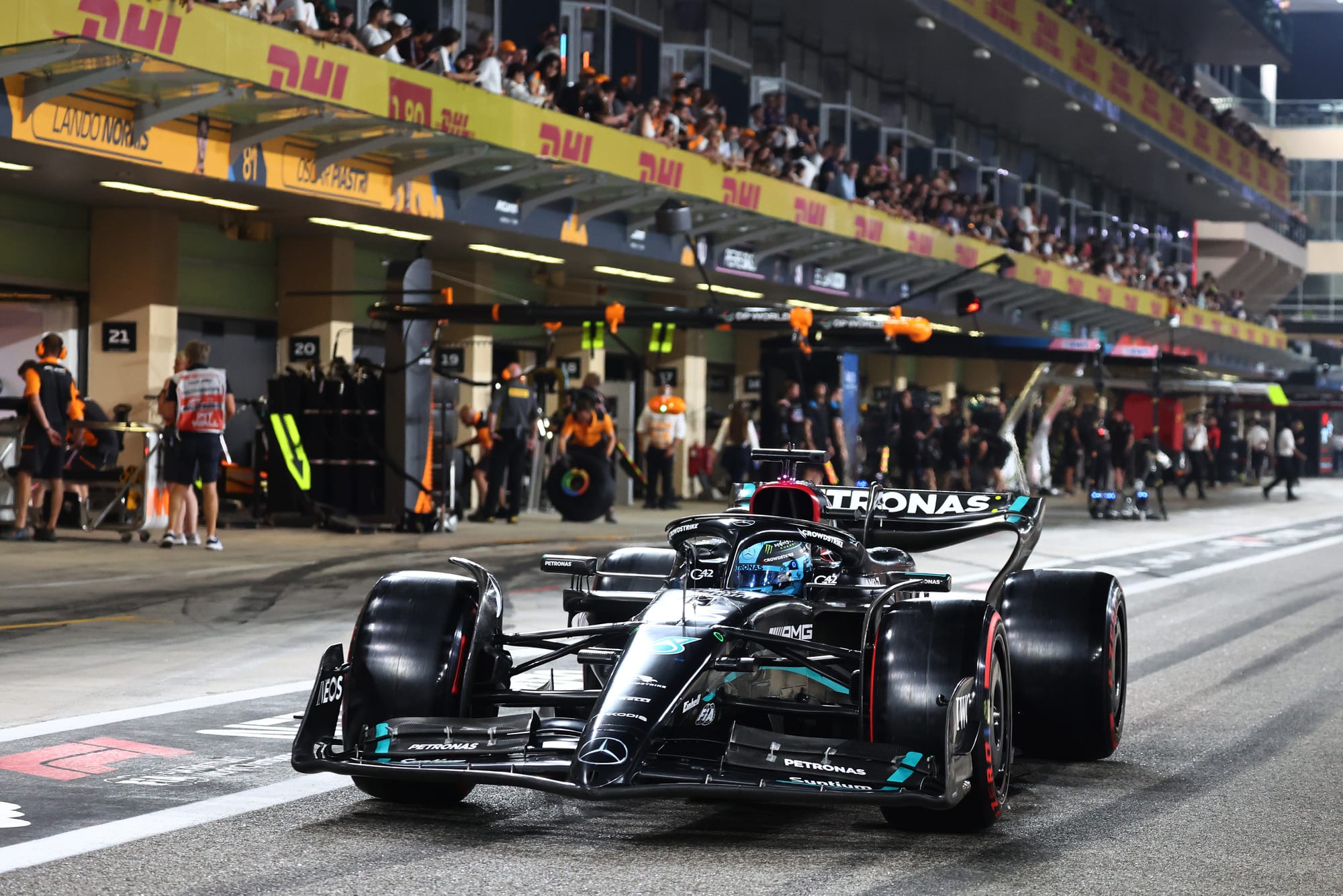
“But I'm not too sure, there's different theories week-in, week-out.
"Lewis isn't a driver who's four tenths off the pace [like] this weekend, so [it's] something as a team we need to understand and equally at races where I've been behind, I've not been four tenths behind Lewis but that's what the laptime was achieving. So fine margins.”
For Mercedes as a whole, it is another frustrating weekend in a season full of them.
With second in the constructors’ championship at stake and Ferrari just four points behind and with a car that appears to be quicker this weekend, tomorrow’s race could be a difficult one.
Charles Leclerc starts in second, two places ahead of Russell, although Hamilton is some way clear - in 11th - of Sainz, who failed to make it out of Q1 and starts 16th.
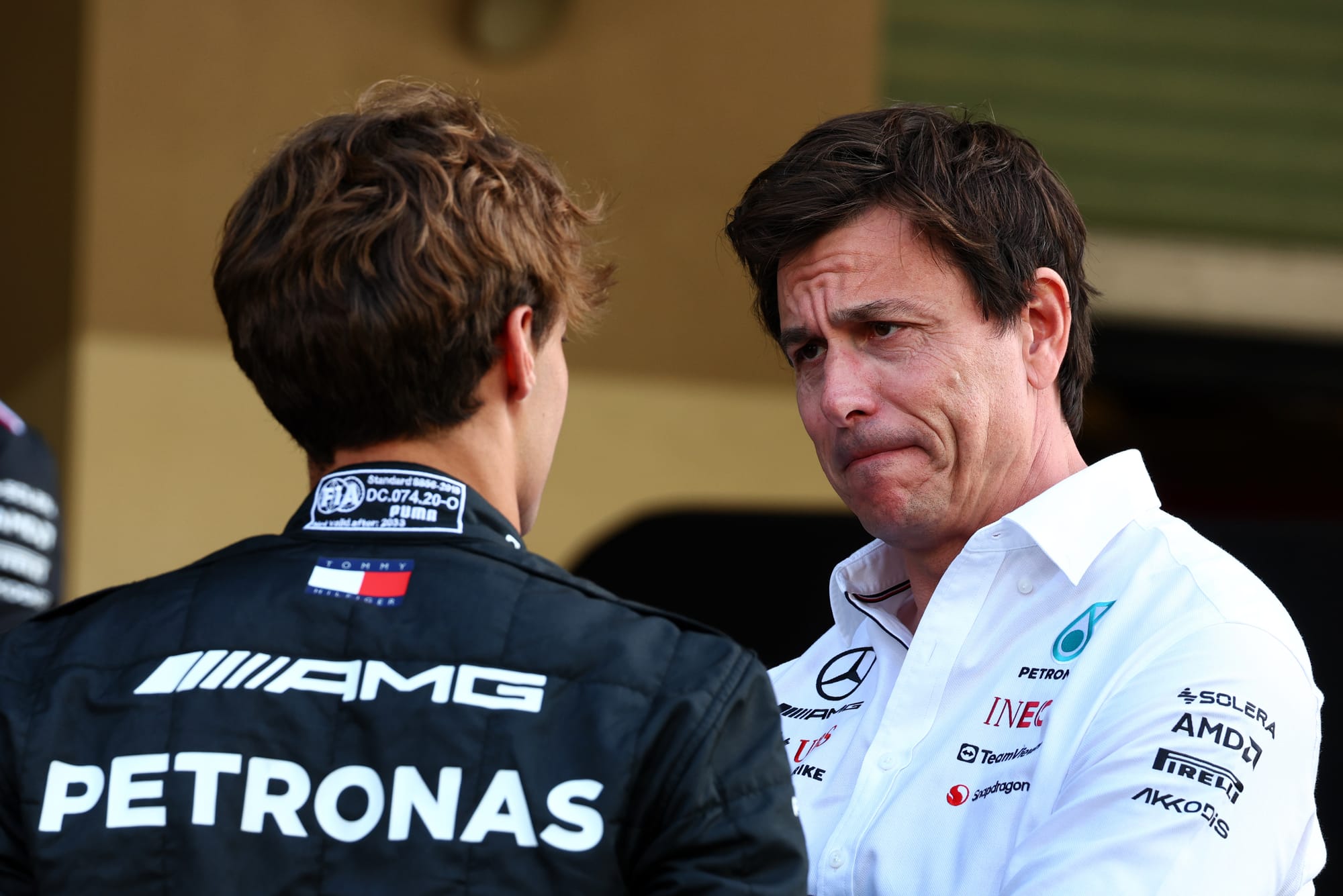
Team principal Toto Wolff accepted that Mercedes produced the result it deserved, “but expectations were higher”. He also revealed his frustration about the erraticness of the car.
“Yeah, but I’m fed up of explanations why it didn’t go well and we were good in the hot, we weren’t in the cold, next,” Wolff told Sky Sports F1 when it was suggested the change in track temperature played a part in the qualifying difficulties.
“I’m happy this was the last qualifying of the season and we’re going to come with a new car.”
The trouble is, that sentiment and the eager anticipation of the new car was similar at the end of 2022...

